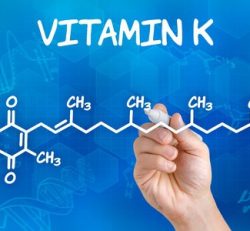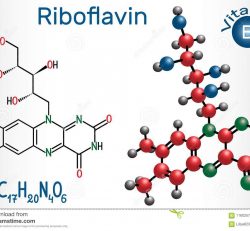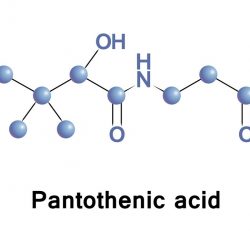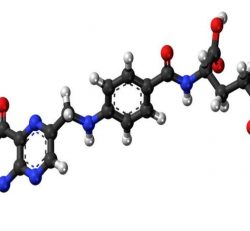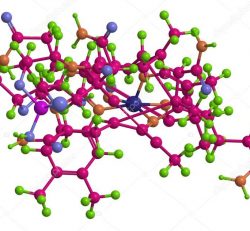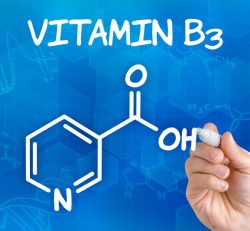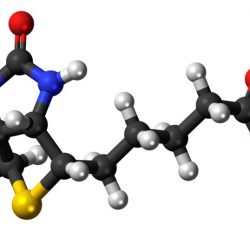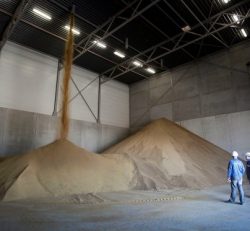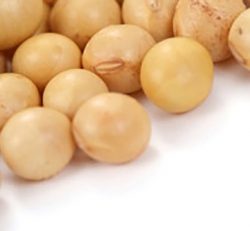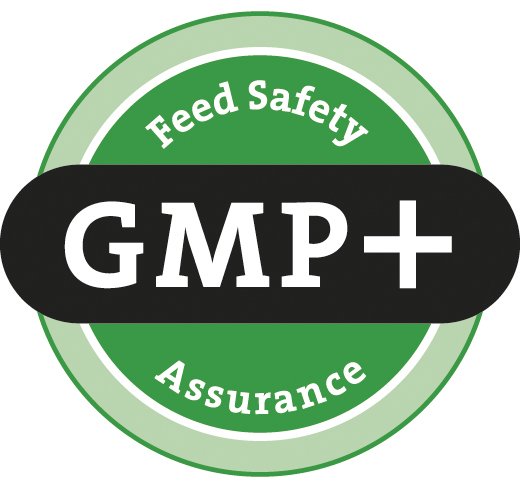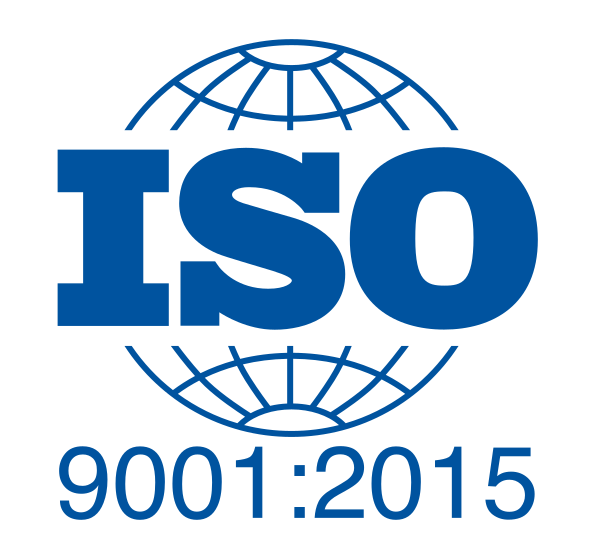ANTIBIOTIC FREE: READY FOR THE NEXT STAGE
Antibiotics: they are the greatest discovery and, at the same time, the greatest challenge in human history. For over 60 years, antibiotics made livestock production easier and masked management mistakes on farms around the world. But resistant bacteria have become a threat for animals and humans and we have become too dependent on antibiotics. Kicked off in Sweden in 1986 with the ban on preventive use of antibiotics, banning antimicrobials for non-therapeutic use has since been spreading across Europe and other parts of the world. Over the last years, this has been reflected in a significant drop in the use of preventive antibiotics in many parts of the world. Now it is time to enter the next stage and really become independent of all antibiotics to grow our animal derived products. A dedicated symposium was recently held in Lisbon, Portugal to discuss the challenges and to discuss how we can work towards independency on antibiotics. The seminar was organised by animal nutrition company Kemin.
Embrace the change
Dr Chris Nelson, President of Kemin Industries set the stage by asking the audience: Should we embrace or oppose the changes? And is it a good thing that consumers are telling the technical people how animals should be raised and fed? Nelson addressed that going for antibiotic reduction or antibiotic free, a cultural change must be enforced, and more importantly, this change has to be embraced. He further added that this entails that technology and innovation has to be implemented. Also communication and transparency to the consumers is very important. “We should not wait until we have the perfect solution, but do what we can now. At Kemin we have embraced the change and are constantly working on new and innovative nutritional solutions to assist in the antibiotic free challenges,” Dr Nelson said.

Perdue Foods move to NAE
All meats that end up in the supermarket is in fact ‘antibiotic-free’, as all farmers have to comply with the compulsory withdrawal periods (certain amount of days) after animals are treated with antibiotics, to make sure no traces or residues of the drug are left behind. So in theory, the term ‘antibiotic-free’ doesn’t say a lot. We should talk about ‘antibiotic-free production’, or even better, ‘no antibiotics ever’. Another great example of embracing the antibiotic free challenges is Perdue Foods in the US. It took several years and a lot of preparation work at their contract farmers, but in 2016, all the efforts led to the status of 100% No Antibiotics Ever (NAE) for all the Perdue brands. “NAE means that all animals, from hatchery or birth, until slaughter are not treated with any antibiotics, also referred to as NAE (no antibiotics ever). This term is really taking off in the United States,” explained Mike Leventini, director of live production at Perdue Foods.
Measures by Perdue to reach the NAE level included:
- preheating of the barn (so the young chicks are not placed on cold litter),
- extra attention on the breeders and sanitation and cleaning of the eggs,
- improved vaccination programmes (to step up the bird’s immune system),
- more space and increased down time between flocks.
In the hatcheries, the company improved the hatchery sanitation and processes and all animal products or by-products were removed from the chicken’s diet.
Learning curve on marketing
For many companies it is also a learning curve how to communicate and market these kinds of processes, with trial and error. This was experienced by Douglas George, Director of Purchasing at Chipotle Mexican Grill in the US since 2012. With over 2,500 restaurants, Chipotle is a big player in the North America food market. In 2016, the company purchased a whopping amount of 114,907,595 pounds of chicken, 11,160,976 pounds and 53,495,656 pounds of beef from their suppliers. Already in the early 90s, the company decided to start going for antibiotic free meat, first with pork, later with chicken and beef. Chipotle uses meat that is raised without sub-therapeutic antibiotics and added hormones. If an animal falls sick, the company’s protocols require that farmers bring them back to health in the most responsible manner possible. “We have faced and still face a number of challenges. One is the amount of antibiotic free meat (and back-up supply) for our growing number of restaurants. We simply grow faster than the industry can handle. Also labelling is a challenge (as the consumer can get confused with all the terminology on antibiotic free). Mr George mentioned that antibiotic free production is often paired and linked with other topics such as increased welfare and sustainability. We call it the halo-effect. And to use this wisely in our communication to our customers is something we have learned over time. Marketing the antibiotic free approach works well if you include NGOs to tell your story or chefs for example that advocate the quality of our meat,” explained Mr George.

What does a good gut flora mean?
A veterinary perspective on the use of antibiotics at the Kemin conference was given by Dr Ben Crisp, veterinarian at the St. David’s Poultry Team in the UK. “Antibiotics in poultry are mainly used for gut health problems, Colibacillosis and lameness. It is therefore important to focus on improving gut health. But the problem is that we still don’t know what a good gut flora means,” Dr Crisp explained. He addressed that for starters: a good flora needs to be established. Secondly: it needs to be maintained (by using organic acids (feed and/or drinking water and dietary fibres for example) and thirdly: the bad bacteria needs to be kept out. There are a lot of products on the market, claiming to increase gut health or something similar. Think of organic acids, plant extracts, probiotics, prebiotics etc. According to Dr Crisp, this leads to an ongoing dialogue between nutritionists, veterinarians and companies on what to use and when. Dr Crisp: “As a veterinarian I always advise to focus on prevention of diseases that require antibiotic use, because an ounce of prevention is worth a pound of cure. In practice this means: supplying clean water, good quality feed, fresh air, a dry environment and promoting of a good gut microbiome”.
Random use for intestinal problems
Another challenge is the way veterinarians use the antibiotics and for what type of diseases. “We see a lot of variations in the use of veterinary drugs among European countries”, explained Jeroen Dewulf, professor in Veterinary Epidemiology at Ghent University in Belgium. “Results from the EFFORT, a collaborative research project, co-financed by the European Union showed that that antibiotic use is different per country. The study looked at 181 broiler farms in nine European countries and noticed that the majority of the antibiotic treatments were given between day one and day seven (47% of the treatments). But maybe a more interestingly result of the study was that we saw that random antibiotics were used for intestinal problems. Veterinarians are trained to find out which bacteria is causing the intestinal problems and then make a decision for a certain / most appropriate product. In theory, there shouldn’t be much variation in product use among vets in Europe”, said Dewulf. The same problem was seen in the treatment of respiratory diseases in pigs where also a great variety of products were used among vets, to treat the same problem.

Ethically superior meat
The need to reduce antibiotics in farm animals is something we cannot deny and we are entering the next phase of implementation of antibiotics free production, the right use of certain feed additives and the right (careful) use of therapeutic use of antibiotics. We should reduce the need for treating animals and hence the dependency on antibiotics in farm animals. A lot of feed additives have entered the market that claim to improve gut health. The right time and certain combinations of feed additives still need to be fine-tuned. Also the knowledge on what a healthy gut flora means is something that needs more attention. Furthermore, it remains important that sick animals are treated accordingly and have the right for proper treatment (which can include the use of antibiotics). The No Antibiotics Ever (NAE) label seems to be growing in strength in the US and might soon conquer other parts of the world. NAE meat might not be healthier than conventionally raised meat (that also don’t have antibiotic traces when the meat is sold), but it can be considered ethically superior meat, as it helps in reducing the fight against antimicrobial resistance. The experts and speakers at the Kemin event seemed to agree: We have done great efforts already in reducing antibiotics use in farm animals. But we are just getting started and we have to be prepared for the next stage to further reduce its use and the spreading of resistant bacteria on a global level.
A jungle of labelsAn important prerequisite in having stickers/labels on the meat package is that claims should not be misleading for the consumer. In the US for example, the claims Natural and Antibiotic free / No antibiotic residues are not registered claims. Antibiotic free can be misleading and just a marketing trick, as all meat in the supermarket are free of traces or residues as farmers simply have to comply with the withdrawal period / waiting time when an antibiotic is used. In the EU, meat can have relevant information or a label on the package about a certain certification programme or type of housing. In 2017, the Netherlands introduced a ‘no antibiotic ever’ claim on pork (‘Antibioticavrij Leven’, introduced by Keten Duurzaam Varkensvlees). These products are sold in a selection of Dutch supermarkets. Germany has for example Value-Schwein, meat raised from pigs that never received antibiotics. A list of claims that can be found in the market is listed in the interactive picture above. |


